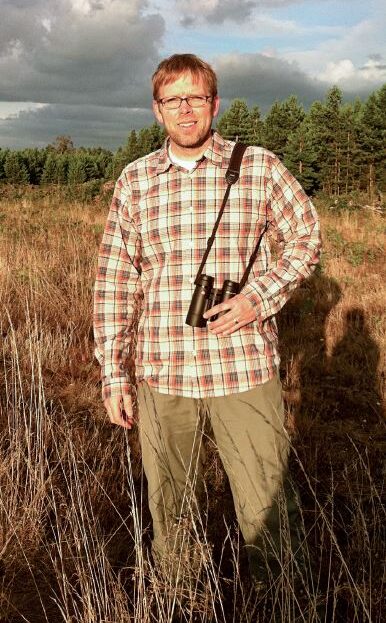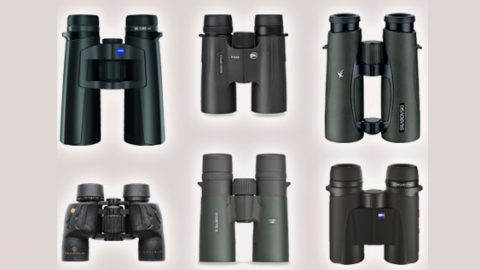Q&A with Brian Sullivan, Coauthor of Crossley ID Guide: Raptors
By Pat Leonard
October 15, 2013
Amid the wonder of fall migration, few sights are more breathtaking than a gathering of raptors riding the wind to reach their wintering grounds. The Cornell Lab’s Brian Sullivan, leader of the eBird project and co-author of The Crossley Guide: Raptors, has had a lifelong fascination with these spectacular birds. He talks about the finer points of raptor migration.
When should we really key in on raptor migration?
Right now! The peak for fall migration is generally from September 15 through November 15. Not all raptors migrate, but those that do usually travel during the day. They use thermals, rising columns of warm air, to lift them into the sky for energy-efficient travel. When the thermal dissipates, they glide to the next one, sometimes covering miles. They can also use updrafts created by winds deflecting upward off north-south ridges to achieve the same thing. Buteos, such as the Red-tailed Hawk, Swainson’s Hawk, and Broad-winged Hawk, have broad wings and tails designed to soar. Raptors usually start migrating at midmorning when the thermals warm up and get stronger. In the evening the thermals dissipate, so the birds drop out and are finished migrating for the day.
Why do we see them in large groups during migration?
Some species, such as Turkey Vultures, Broad-winged Hawks, and Swainson’s Hawks, are often seen in huge groups during migration. They’re not necessarily being social. They need the same atmospheric and topographical conditions to migrate, so naturally they gather where they find those conditions. On certain days at certain sites you can see hundreds, thousands, even hundreds of thousands of raptors during migration.
What are some of the best sites to observe large raptor migrations?
There are hundreds of sites across North America, and many of them conduct migration hawk counts. There’s probably a hawk-watch site somewhere nearby. If you visit www.hawkcount.org, you’ll find overviews of various sites with daily updates on counts of species seen. Some of my favorite sites are Cape May Point in New Jersey; Hawk Hill at Marin Headlands, north of San Francisco Bay; the Goshutes Mountains in Nevada; Hawk Mountain in Pennsylvania; and Hawk Ridge, near Duluth, Minnesota. In terms of sheer numbers, Veracruz, Mexico, has the biggest hawk flights known in the Western Hemisphere. Millions of birds go through there, sometimes a million in a single day. They call it the “river of raptors.”Where are we headed with research on raptor migration?
It’s pretty exciting, actually. Analyses of data from citizen-science projects such as eBird and new methods of tracking birds are revealing previously unknown movement patterns at the population level rather than just for individual birds. For example, satellite tracking over the past few years has shown that some individual Swainson’s Hawks in the Central Valley of California changed their migration habits by either not leaving at all or only going to western Mexico and Central America. Most Swainson’s Hawks across their breeding range migrate all the way to Argentina and back. eBird shows us that the Central Valley population overall has made the migration adjustment, and that is new. It’s like watching a new migration pattern evolve before our eyes.
Are there some common misconceptions about raptors?
There has been a long history of human persecution of raptors. There are still some general myths about hawks, such as that they frequently prey on livestock or attack humans. Raptors are a natural part of our ecosystem and they perform many important functions, such as keeping prey populations in check. They should be revered, respected, and enjoyed.

All About Birds
is a free resource
Available for everyone,
funded by donors like you
American Kestrel by Blair Dudeck / Macaulay Library



